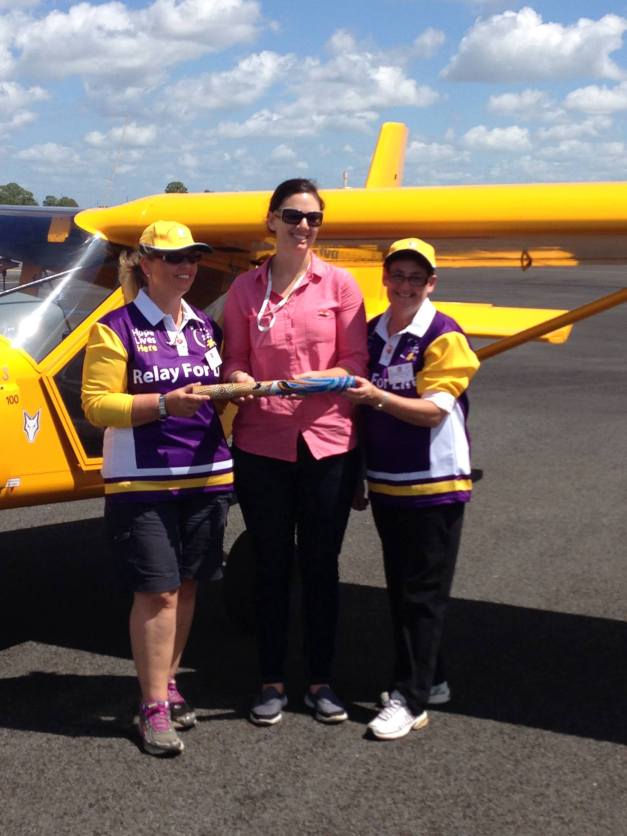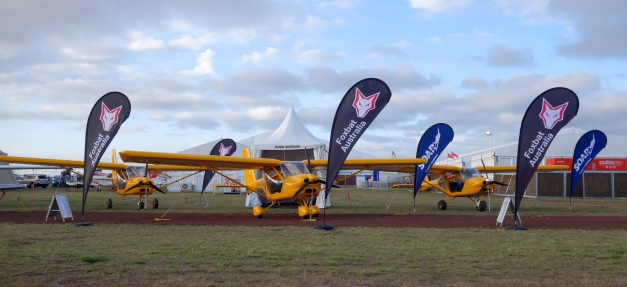 Well, the 2015 Australian International Airshow, subtitled ‘Heroes of the Sky’ has come and gone.
Well, the 2015 Australian International Airshow, subtitled ‘Heroes of the Sky’ has come and gone.
As usual, the trade days – Tuesday to Thursday and Friday morning, were dominated by suits and uniforms, as the heavy end of town came to look at, marvel and maybe even buy some of the amazing hardware on offer. The weather was reasonably co-operative and Word War One monoplanes, biplanes and triplanes carried out mock dog fights followed by modern day big noisy fighter jets, afterburners lit up and dropping decoy flares as they climbed vertically through the cloud base.
On the ground, the static aircraft numbers steadily built during the week as more exhibitors and organisations arrived for the public days – Friday afternoon, Saturday and Sunday. On one of the trade days, while things were quiet, I had a chance to wander round the three big display ‘halls’ – huge marquees joined together with coffee shops and cafes – and the outside static exhibits.
This year’s show seemed quite a contrast with the last one, in 2013, in that here seemed to be far fewer civil and military drones on display this time round. They were there of course but last time they seemed to be everywhere you looked – small ones with less than a metre wingspan/diameter, right up to the huge US Airforce drone with a wingspan longer than a Boeing 737, which this year was flown in (remotely of course) from Guam. Maybe drones have gone top-secret or perhaps most of the wannabe’s couldn’t be, and only a few remain in business?
There was a thin sprinkling of Light Sport Aircraft – Tecnam, Sling, Brumby, Evektor, Flight Design and Foxbat, plus a few other specialists like powered parachutes. But most of the Recreational and Light Sport importers/manufacturers stayed away….as there is no ‘NATFLY’ this year, I’d expected to see many of them with a static display – the price to put a couple of aircraft at Avalon isn’t so different from NATFLY and certainly a lot less than the cost of an advert in some of the flying magazines.
At Foxbat Australia, we had a static display of three aircraft – all co-incidentally yellow – quite close to the main entrance. This year the usual questions: ‘how much?’, ‘how fast?’, ‘how high?’ and ‘what’s the engine?’, were supplemented with ‘can you get another colour than yellow?’ Apart from the quiet trade days, I’d say the attendance was up on 2013, particularly on the Saturday, when I and my helpers were kept busy with visitors who genuinely seemed to be looking to buy. The proof of the Avalon sales pudding is usually over the 6 months following, when people have had the chance to reflect, research, fly and decide.
Many thanks to owners Chris Plumstead and Bob Medwell for loaning their aircraft for display; and Mike Rudd and Rob Goodman for ferrying them into and out of a busy Avalon. Thanks also to Soar Aviation for adding one of their school aircraft to the display and to Koushik and Damien (both Soar instructors) for ferry duties.
There is already an amazing number of Avalon 2015 videos on YouTube, one or two of which are reasonably well produced including a short clip from Black Sheep Productions, but many of which are either too long and boring or badly shot and edited – or both.
 Finally, this picture was taken by Mike Rudd (in a Foxbat) on the way back from Avalon to Tyabb. The formation Foxbats are being flown by two experienced formation-endorsed pilots – Rob Goodman and Damien Nott – as they crossed Port Philip Bay in the evening sun.
Finally, this picture was taken by Mike Rudd (in a Foxbat) on the way back from Avalon to Tyabb. The formation Foxbats are being flown by two experienced formation-endorsed pilots – Rob Goodman and Damien Nott – as they crossed Port Philip Bay in the evening sun.
As usual, click on the photo for a bigger version.
 If you’re an old aeroplane enthusiast, here’s your once-a-year chance to see dozens of them all in one place – Echuca Airport, on the Murray River, north Victoria, on Saturday 28 March.
If you’re an old aeroplane enthusiast, here’s your once-a-year chance to see dozens of them all in one place – Echuca Airport, on the Murray River, north Victoria, on Saturday 28 March.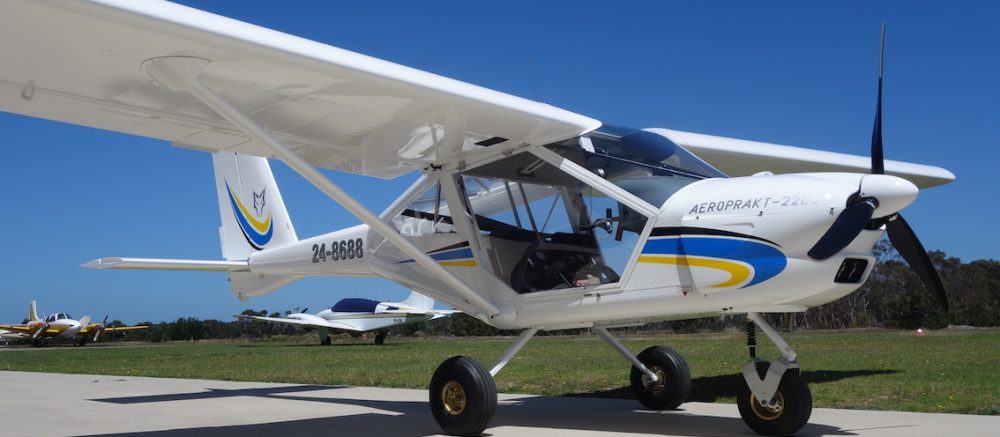


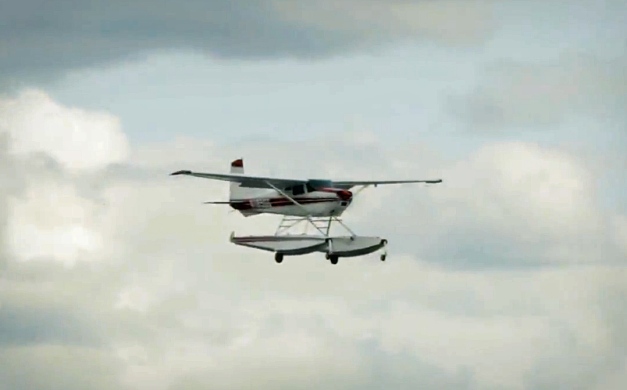


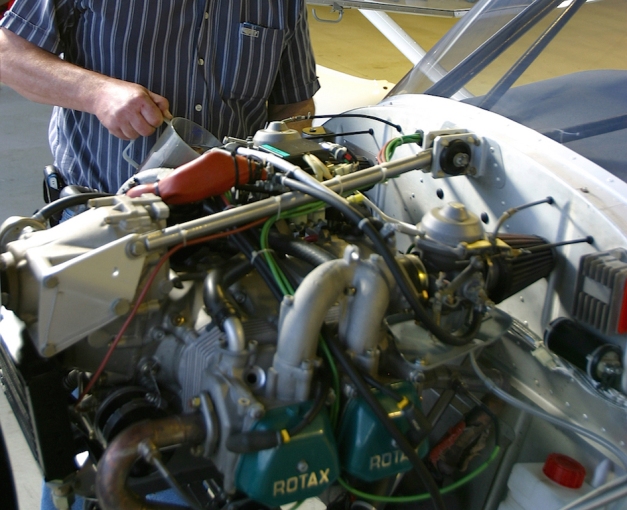 On what basis do you record your times for scheduled services on your Rotax engine? Engine running hours – start to stop? Starting to taxi to stopping – wheels turning to wheels stopping? Flight time via an air switch – wheels off to wheels on the runway?
On what basis do you record your times for scheduled services on your Rotax engine? Engine running hours – start to stop? Starting to taxi to stopping – wheels turning to wheels stopping? Flight time via an air switch – wheels off to wheels on the runway?